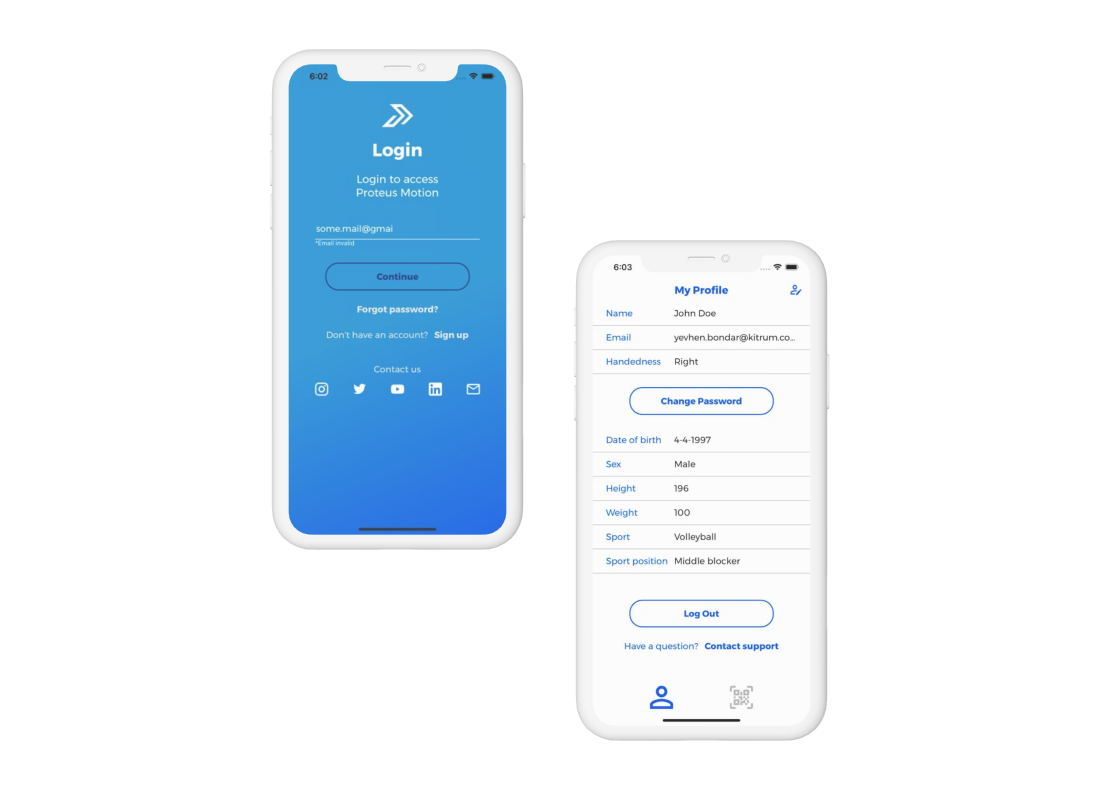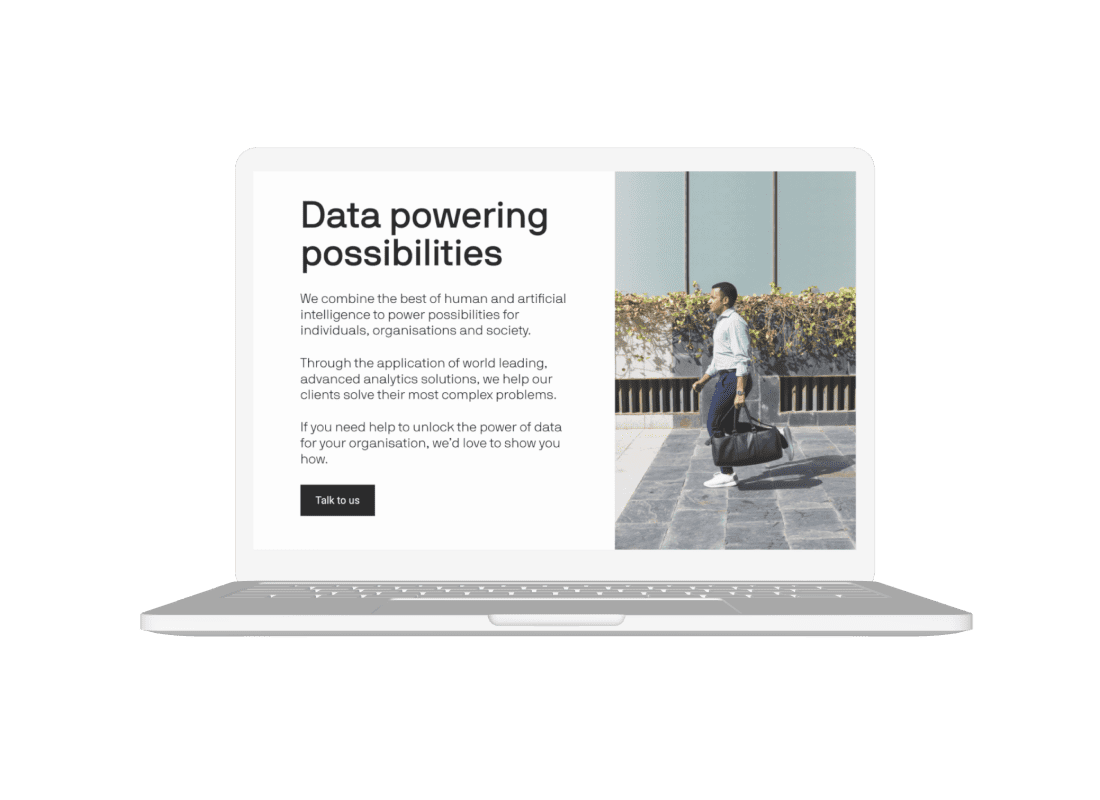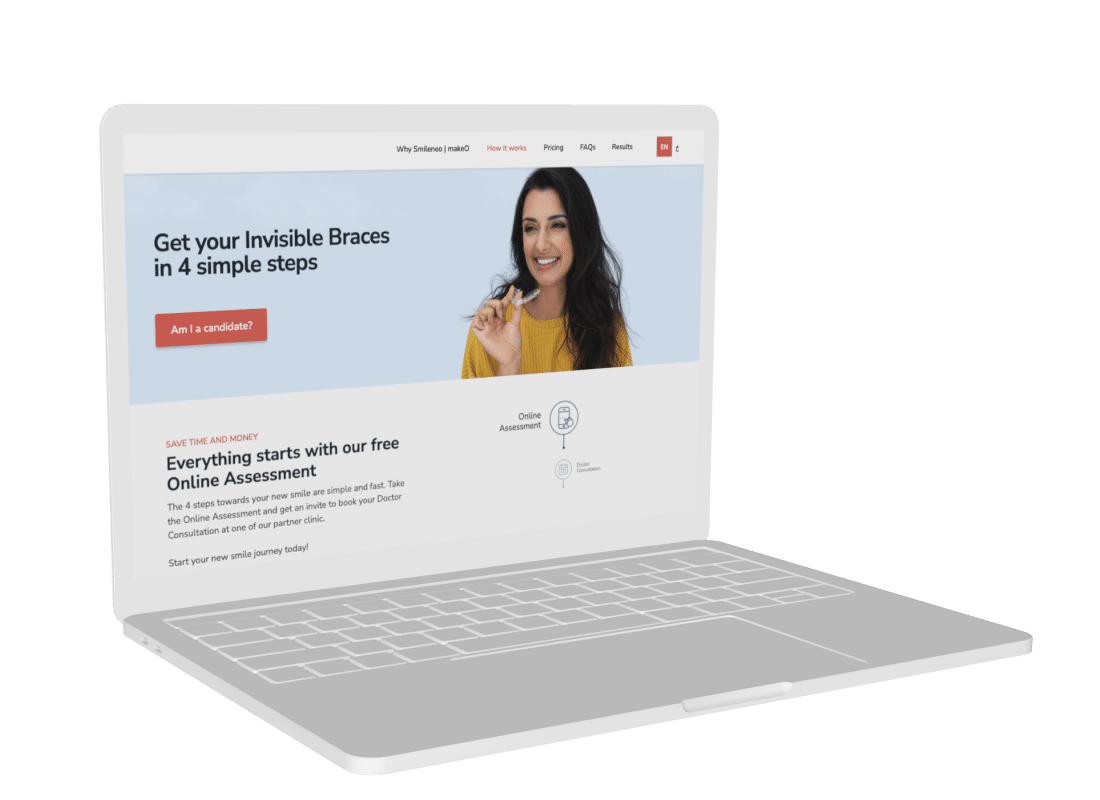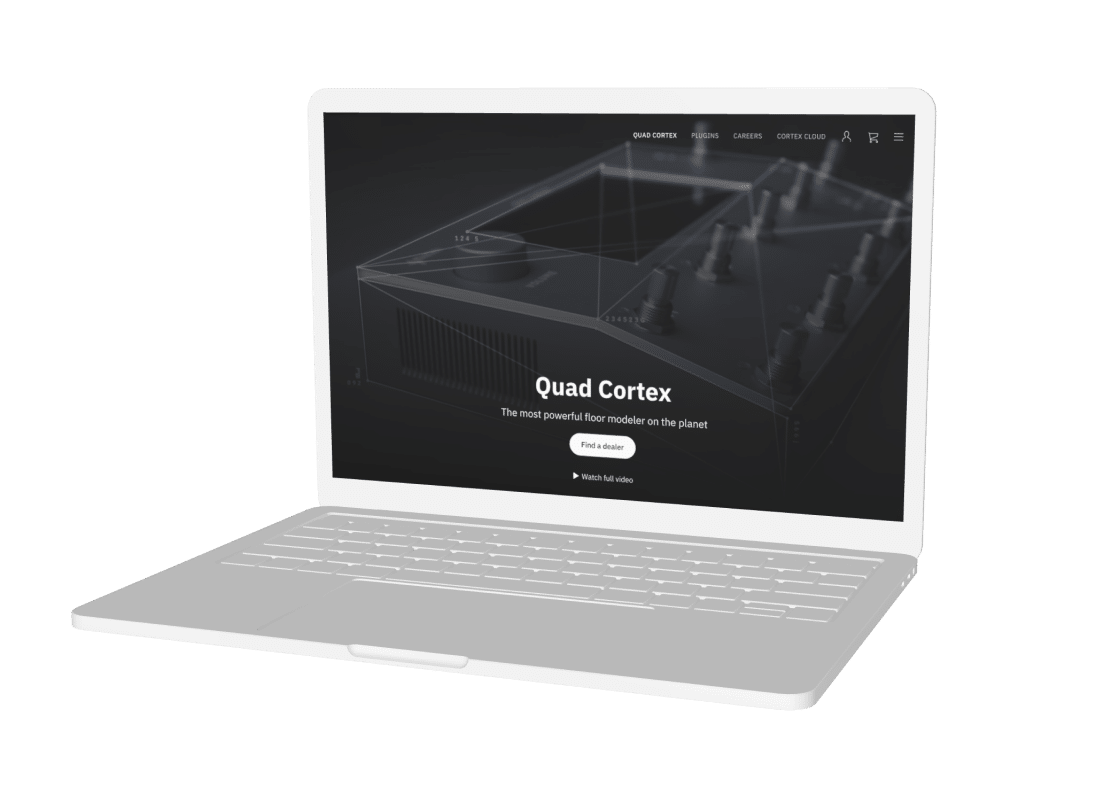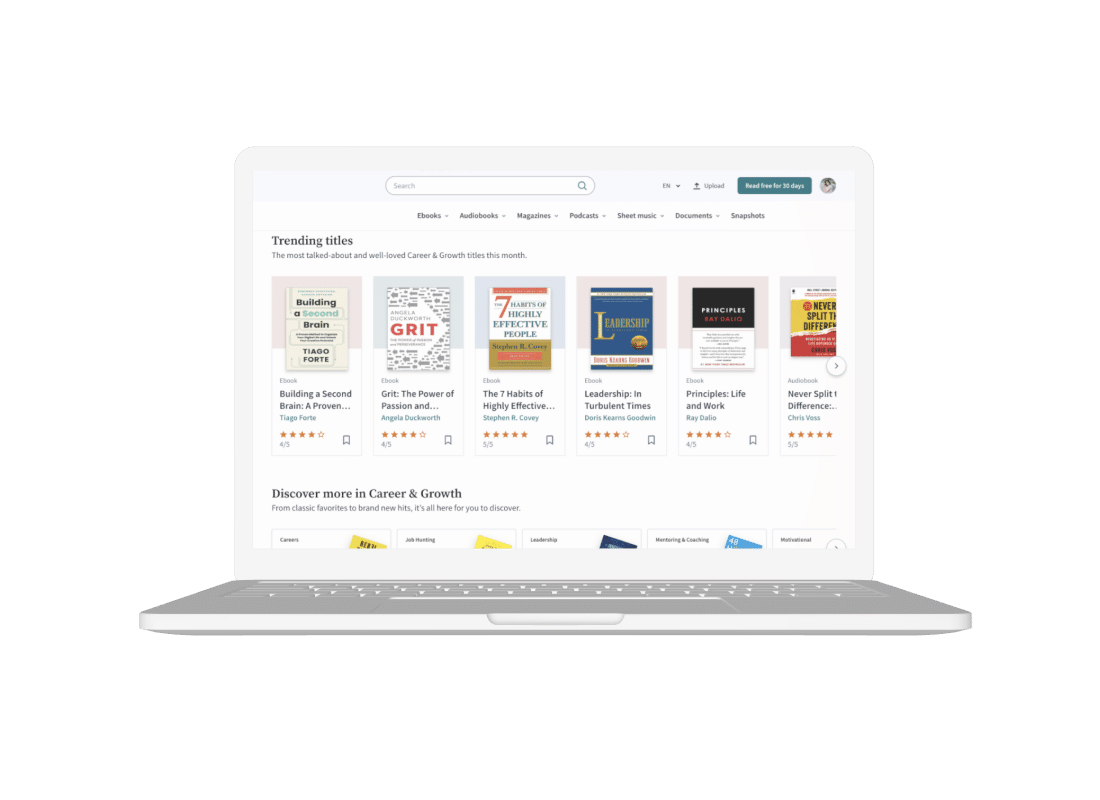The Customer
The ProteusⓇ System is the first to measure power in three dimensions properly. It’s similar to an MRI in terms of determining athletic potential.
Proteus is the first-ever system that combines proprietary hardware and software to provide objective power measurements that may expedite and improve good results during training and physical rehabilitation.

Chris Capuano. Director Of Operations, Proteus Motion.
Their talent to come up with extraordinary and unusual solutions impresses us the most.
The concept
We should build the iOS and Android applications with the following features:
- The application should be accesible only via a direct invitation from the Trainer.
- Outside of the PMA, signup invitations must be issued.
- The platform must work well with the following mobile operating systems and versions:
- iOS 11 and subsequent versions
- Android 6 and subsequent versions
Usability specifications
- The platform must notify users of data input fields (types, limitations and errors)
- The platform should show a success message to users whenever a process is completed.
- Every error or mistake should be hoghlighted along with the cause of failure.
- User shouldn’t be ableto alter the orientation of their device in the app.
Performance criteria
- The platform must be able to handle a total of 1000 users.
- The platform must support a minimum of 10 and a maximum of 20 concurrent users.
Security Specifications
- The platform must safeguard against unauthorized data addition, deletion, or alteration.
- The platform must allow users to use the app only if their email address or phone number is already recorded in the system.
- If a user does not finish or abort an in-app operation, the platform must roll it back.

The solution
In 289 hours, we developed the mobile app and provided a finished product. The scope was split into various phrases and teams: business analyst, development, design, QA, and project management.
We completed the following tasks throughout the development stage:
Preliminary project investigation
Setting up the project (basic file structure, routing, base components), creating dev infrastructure: configure test flight/Google Play beta.
Features/Modules
- Sign up for the PMA via an invitation.
- Log in/out of the PMA
- Forgot your password
- Personal information may be changed.
- Log in to the Proteus System using a QR code.
- Email Proteus support and get access to the Proteus website/Instagram.
Other features include navigation, deep linking, error handling, and form validation.
Content Containers, Typography, Buttons, Input Field, Select Field, Notification Pop-ups, are all common components. Deployment of the Project to Stores (Play Market and App Store), Identified problems and bug fixes, communication throughout the development process, and so forth.
Within Business Analysis stage we:
- Q&A sessions to gather needs
- Documentation requirements
- Create a vision and an early feature list.
- Define the primary user.
- Make requirements documentation.
- + Q&A Examine and get approval
Within UI/UX Design stage we:
- Sign up for the application via invitation only.
- Log in and log out
- Buttons for User Profiles (bottom navigation)
- Camera permissions
- Success or error message
What we accomplished
As a consequence, we created a fully marked app for both iOS and Android. Proteus Motion is now at the forefront of the reinvention of performance training and recovery. The Proteus System provides ground-breaking analytics and the first-ever 3D resistance training for high-efficiency, low-impact exercise.
The neuromuscular system is stimulated up to three times more than with free weights and cable machines. Neuromuscular stimulation boosts power output and promotes improved movement patterns.
Low-impact resistance, similar to water exercise, protects joints, tendons, and ligaments. Altering Proteus’ resistance is similar to changing the viscosity of water.
To create better motions, feel the whole body engage. The 3D resistance of Proteus serves as an external signal, encouraging users to engage the core and generate force from the ground up.
At every point in every movement pattern, get comprehensive biofeedback across six unique measures, including power, force generation, endurance, range of motion, consistency, and deceleration.


